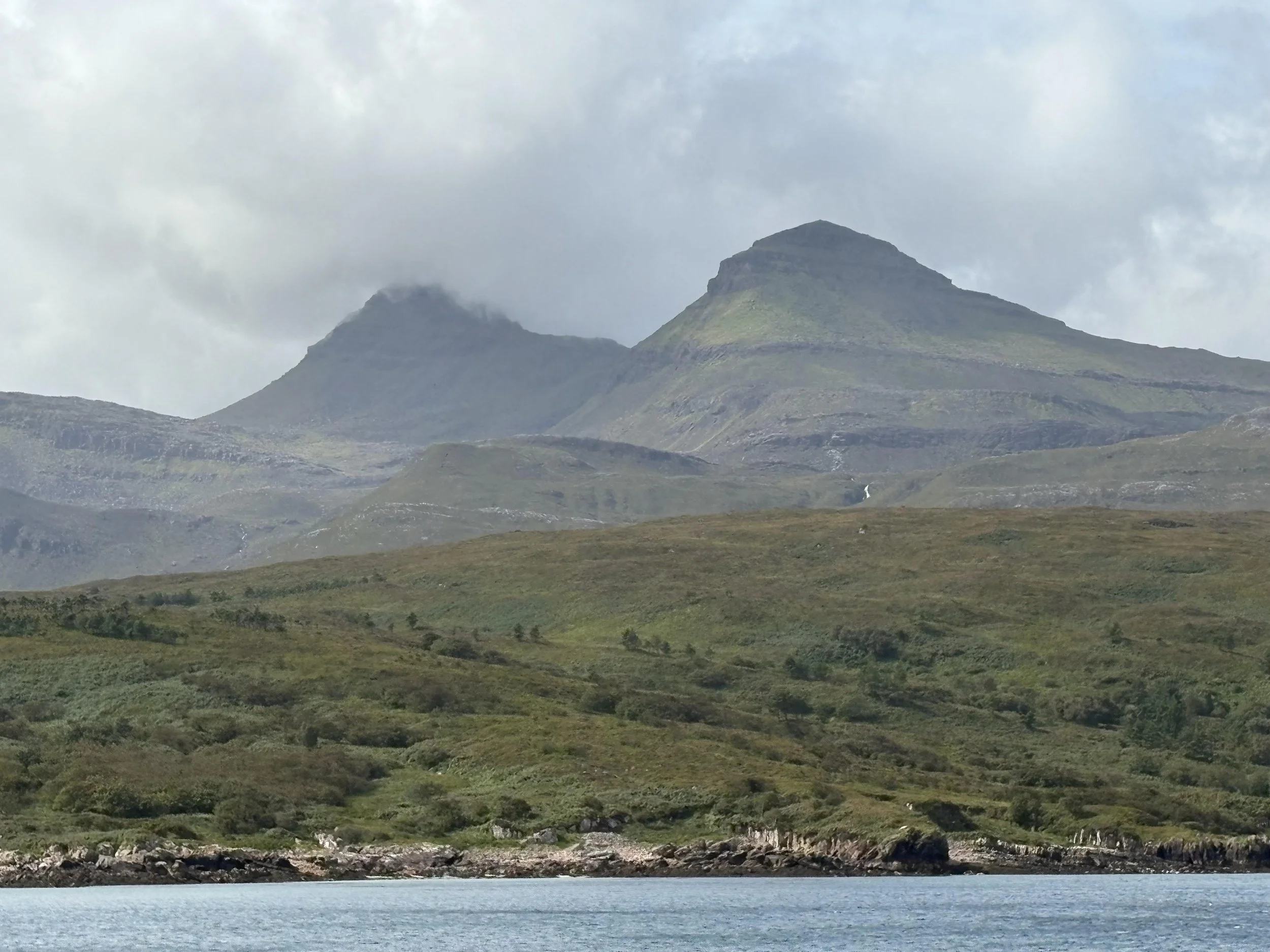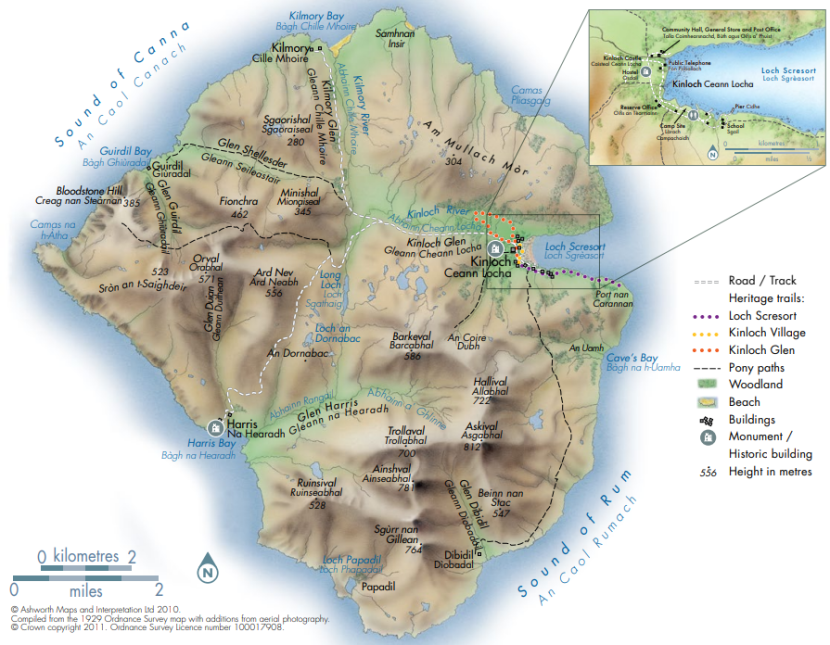The Project
Welcome! I’ll post some updates here about my adventure to the Isle of Rum this August.
But first: Why am I going to be on a remote Scottish Island in the first place? To write of course! I’m currently heading into the second year of my MFA in creative writing at Brooklyn College, and back in the spring I received a Tow Research Fellowship to work on a speculative fiction story that explores the isolation we bring on ourselves through grief:
The story opens with the protagonist, Arran, holed up in a bothy on the far side of the remote island he’s lived on his entire life. His partner, Blair, has died giving birth to a daughter over a month ago, but he can’t stand to look at the child.
Blair was his light in the world. She came to the island ten years prior to work on her PHD – she was an astrophysicist and the darkness of the isle was notorious. She became enamored of the community and advocated for their sanctuary status, uniting the community and transforming how they engaged with the world. Everyone loved her, but Arran most of all.
He has finally brought himself to visit the research hut he built her. During the deepest part of night, he weeps and shouts drunkenly at the sky. To his surprise, she speaks to him from the void (or so he thinks).
Meanwhile, Arran’s mother, Kenna, is caring for his infant child that he abandoned after Blair’s death. This is made more difficult for her as the experience brings up memories of the death of her own child (Arran’s sister) decades ago. She runs the island’s small general store and so has to interact with most of the community on a daily basis. She feels overwhelmed with sadness herself as she tries to hold things together, and when the void starts to speak to her there’s a comfort in it.
Slowly, it comes out that everyone on the island is talking to the void about various forms of grief and the community is forced to reckon with how they’ll answer – and to whom.
The pressures that ‘setting’ places on the plot and characters of this story are unique; I knew the location would have to be well-positioned to see the true darkness of space, where a layperson might convincingly have deep connections with the sky. Some sort of tight-knit community would also be critical, but it needed to be one that was isolated from the rest of the population.
When I came across the Isle of Rum in my initial research, I had my answer. Sanctuary level designation is rare – only twenty-two dark sky sanctuary locations exist worldwide – and populated sanctuaries (i.e., where people actually live, versus protected spaces like national parks) are even more rare. Practically speaking, the Isle of Rum was also an ideal research location; it presented no language barriers and would be easily accessible from New York, whereas other DSS sites are by the very nature of their designation far flung.
The fellowship application itself centered on immersion: I knew that spending significant time in the unique natural landscape of Rum and the community that has protected it would be invaluable in gaining understanding and respect for my characters, which would in turn be critical in helping me craft a compelling narrative.
The Isle of Rum - Map courtesy of Nature Scot

